Elecnor Deimos IXV technology for Vega payload
1st Dec 2020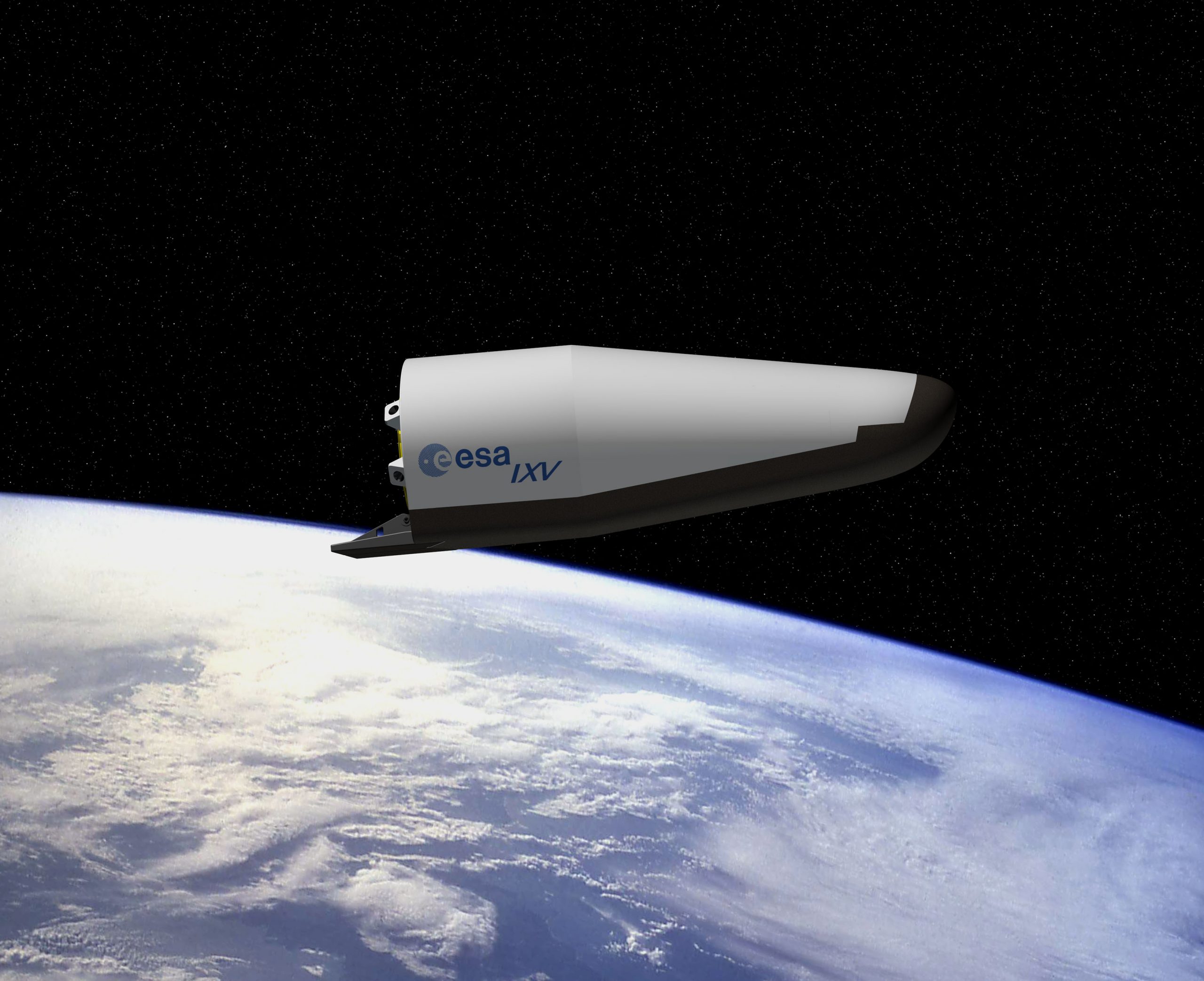
Elecnor Deimos company develops innovative engineering solutions in the space sector, of which the IXV spaceplane is just one example. Many of its missions form the foundations for greater projects. For example, GNC technology (guidance, navigation, and control system) served as the basis for IXV (Intermediate Experimental Vehicle). The latter gave a start to the creation of a new reusable space transport system in Europe.
What is IXV?
The Intermediate Experimental Vehicle (IXV) project is designed to test flight systems for European space missions in Low Earth orbit. The IXV is a 5m long, 2-ton carrier without wings. It was first launched on 11th February 2015, with a Vega rocket for reconnaissance, return from low-Earth orbit, and re-entry.
The test launch had three stages:
· Vega rocket launched IXV to an altitude of 340 km into suborbital equatorial elliptical orbit;
· Then IXV performed a controlled entry into the Earth’s atmosphere and deployed a supersonic parachute;
· The device descended using a three-stage parachute system and landed in the Pacific Ocean.
Intermediate eXperimental Vehicle successful launch and landing is an important milestone. The test proved the efficiency of Elecnor Deimos’ thermal protection (TPS) and guidance, navigation & control (GNC) systems.
IXV legacy – Space Rider
Based on the conducted tests, the Space Rider (Space Reusable Integrated Demonstrator for Europe Return) program was launched. The device will perform in-orbit operations, conduct experiments, demonstrate applications, and test technology.
Like IXV spaceplane, the Space Rider is developed by an Italian company Thales Alenia Space and the Italian center for space research CIRA.
It is assumed that the spaceplane will operate in orbit for 1-2 months, then return to Earth for recovery and reconfiguration. Most importantly, one Space Rider can handle up to six missions.
Like IXV, the spaceplane will be launched into orbit by the Vega rocket. It can carry up to 800 kg of payload and change the orbital inclination depending on the user’s requirements.
“The ability to re-enter the atmosphere is one of the Space Rider’s key features. It was tested on the predecessor spacecraft IXV,” notes Walter Cugno, Vice President of Thales Alenia Space.
Reusable technology — step into deep space exploration
Space Rider development is based on the Elecnor Deimos IXV technology that has already been tested and proven operational. Space Rider tech will take the space industry to a new level, as its reusability can significantly reduce launch costs.
Space Rider launch is scheduled for 2022, and everyone involved in this project hopes that it will become a big leap in Moon and Mars exploration missions. Therefore, Elecnor Deimos IXV may have paved a path to future space exploration.
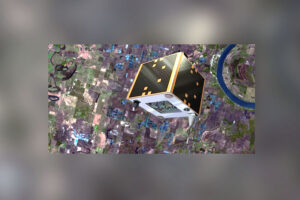

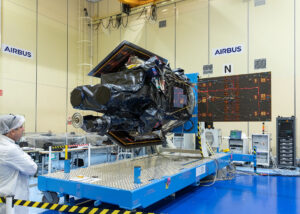
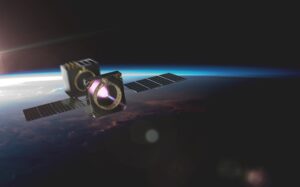
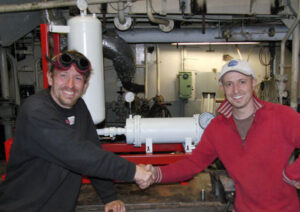

Thank you for your comment! It will be visible on the site after moderation.